Conservatory plants can turn a garden room into a year-round lush and leafy retreat, blurring the lines between the inside and the outside.
As a conservatory is a sheltered, bright environment, many plants, including some house plants and tender outdoor plants, will thrive there. Conservatory plants do need to be tough, however, especially if your space is not shaded in summer or insulated or heated in winter. Temperatures can vary wildly between the seasons and between day and night, and many traditional house plants prefer a steady temperature.
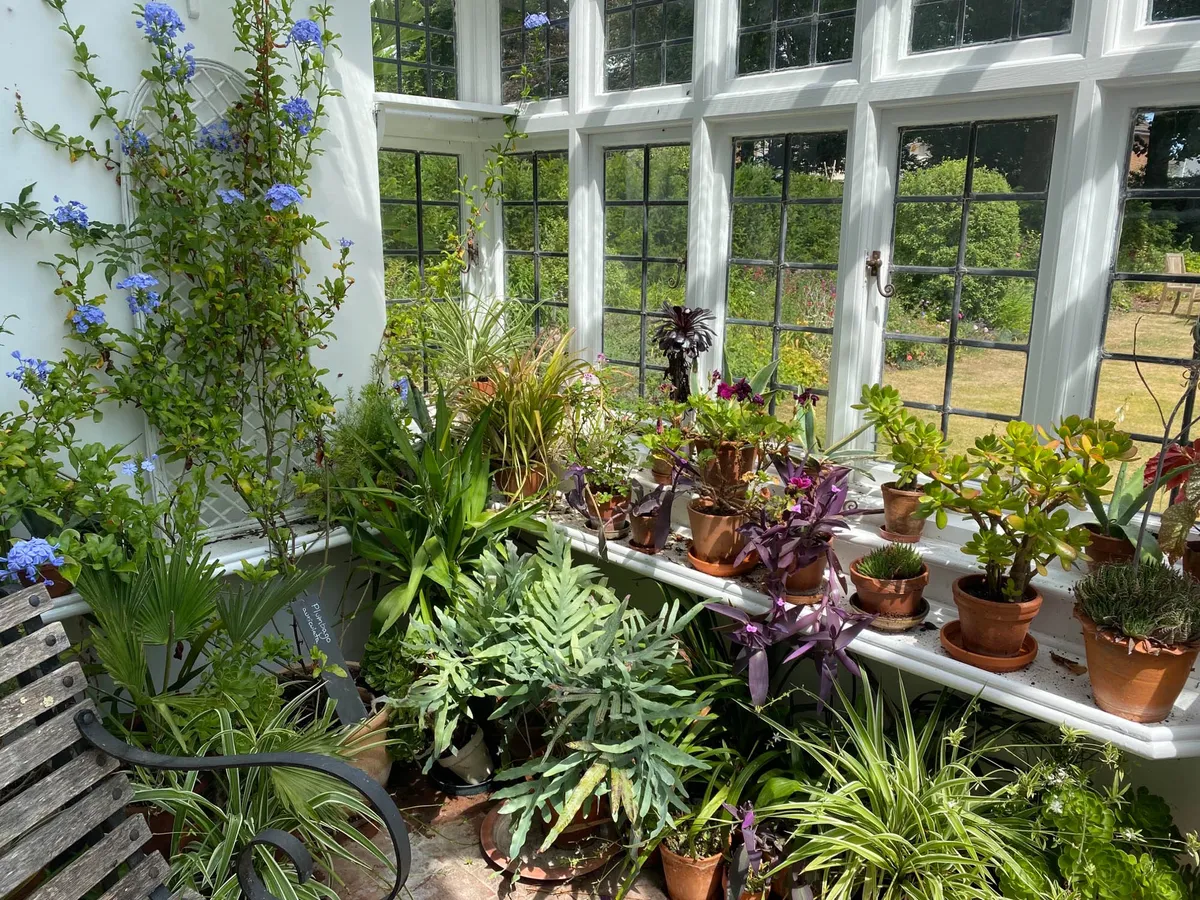
What plants are best for a conservatory?
How to choose conservatory plants
The plants you choose for your conservatory will depend on whether you are prepared to heat your conservatory (or buy a greenhouse heater) in winter.
If your conservatory is not heated, go for plants from desert or Mediterranean regions, such as succulents or citrus, that can cope with cooler winters and/or cooler temperatures at night. Try not to let the temperature go below 5°C at night in winter (or ideally, 10°C).
If your conservatory is heated, you can choose plants from tropical climes, including many common house plants. You'll need to keep the temperature consistently no lower than around 15°C.
You can also force bulbs in a conservatory, enjoying their blooms earlier than you would outdoors, and overwinter tender plants, as you would in a greenhouse.
Caring for conservatory plants
Conservatories can become very hot in summer, and the air can become very dry. This does not suit many plants, and can encourage pests such as red spider mite. You can provide extra humidity by sitting pots on a dish filled with pebbles or gravel and topped up with water, or by misting the leaves regularly. You will also need to water plants regularly – as a rule of thumb, do this when the top few centimetres of compost in the pot have become dry.
In winter, reduce watering. This especially important if your conservatory is not heated – most plants are not actively growing over winter and if they are sitting in cold, wet compost their roots are liable to rot, which will kill them.
Styling conservatory plants
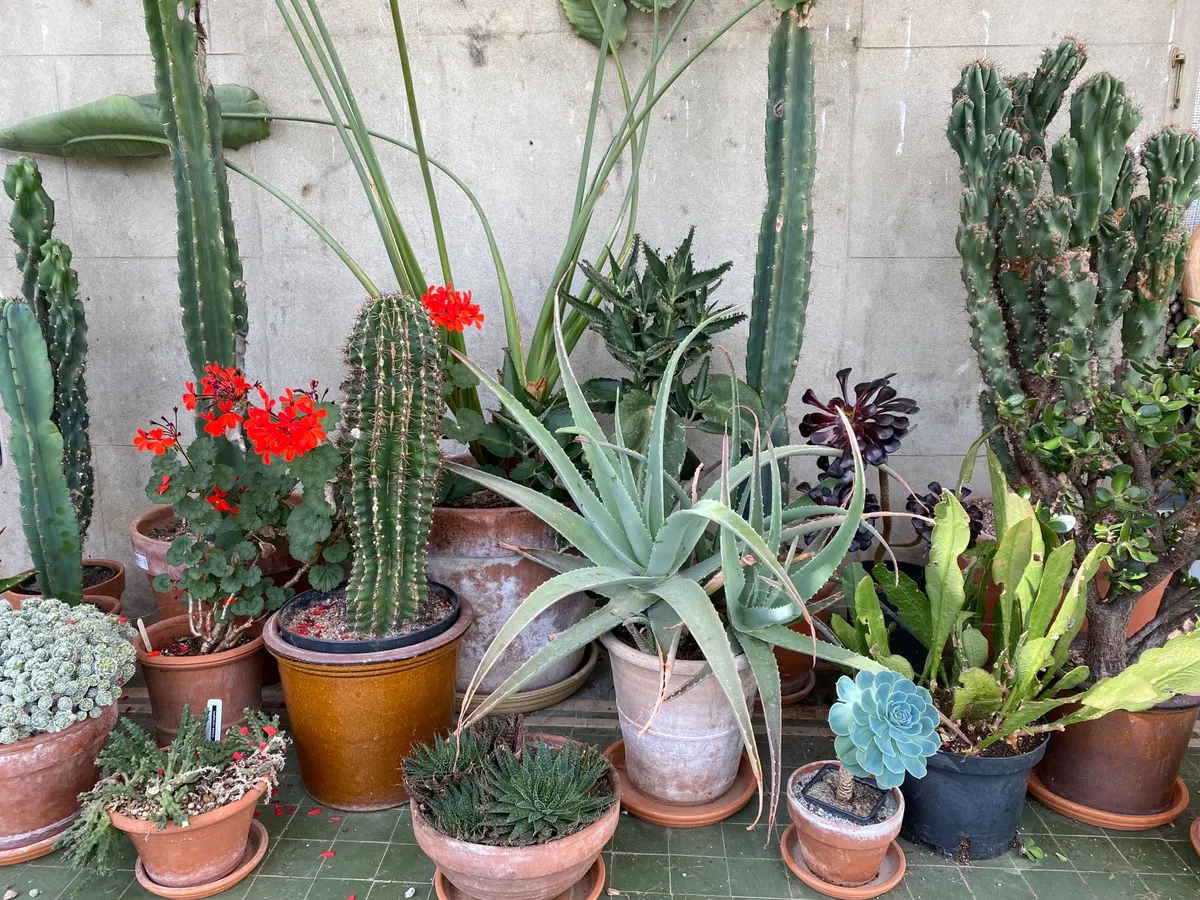
Most plants look best when grouped together, and grow better this way as they form their own humid microclimate. Go for contrasting leaf shapes and sizes, and choose plants that are different heights – stand them on plant stands or upturned pots if necessary. And don't forget that the right plant pot can really boost the look of a plant – choose terracotta pots or beautiful ceramic plant pots and look out for interesting baskets, pot covers and hanging planters.
You can use your conservatory for relaxing or dining in. You could a rattan or wicker chair, a bistro set, or even an Acapulco chair or two.
Best conservatory plants
Citrus plants
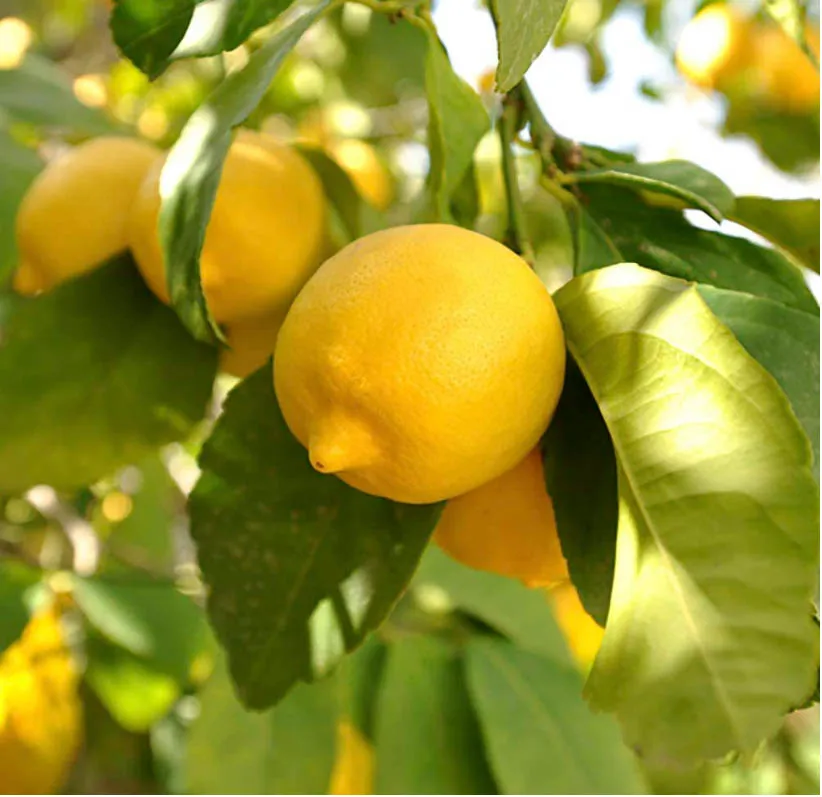
Citrus plants, including lemons, limes and calamondins, make surprisingly good conservatory plants – while you can put them outside from June to September, they enjoy the cooler conditions of a conservatory in winter and find centrally heated homes too warm. Citrus plants bear deliciously scented flowers and fruits at the same time, all through they year, so they are very attractive – and you'll never be short of a garnish for your gin and tonic.
Many citrus plants are hardy down to around 7°C; calamondins like it a little warmer, so are a better choice if your conservatory is heated. Citrus plants enjoy plenty of humidity, so place them on a saucer of gravel that is topped up with water, or mist regularly. Water freely during the warmer months, but reduce watering in winter. Citrus plants need feeding year round – use a specialist citrus feed.
Pelargoniums
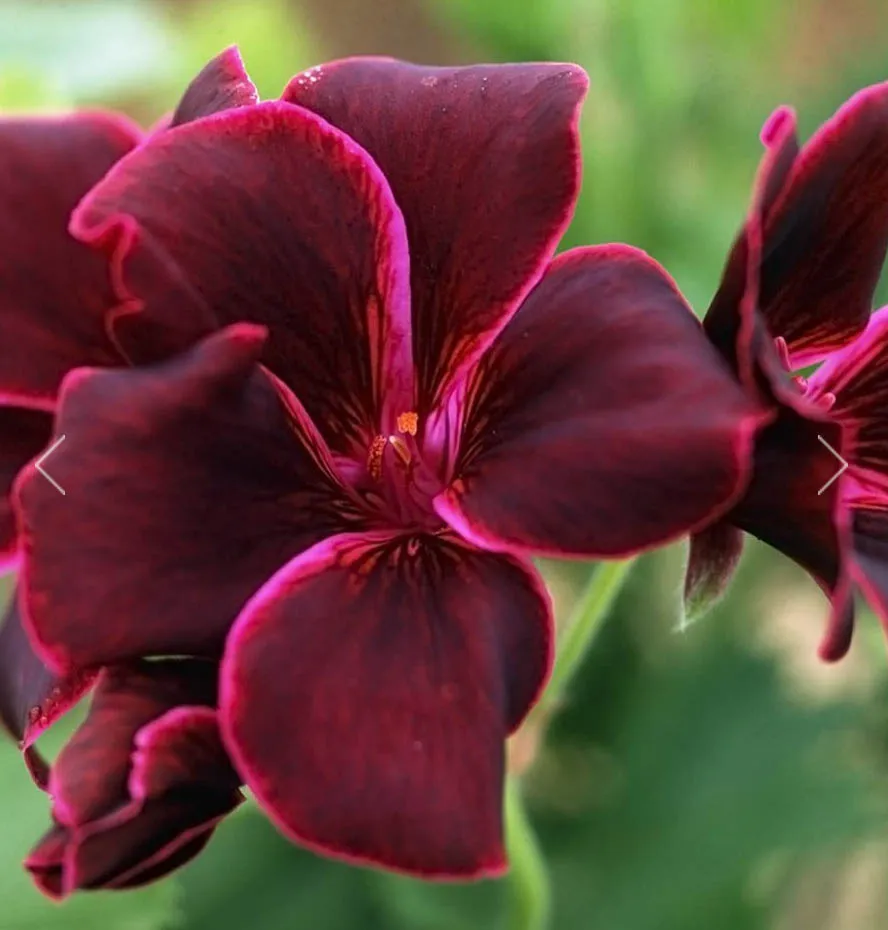
Pelargoniums are grown for their scented leaves, which can smell of roses, lemon or even cola, and their sumptuous flowers that range in colour from white to almost black. They can withstand the high temperatures of a conservatory in summer (although you can put them outside if you prefer) and can cope in lower temperatures in winter too, as long as they are not overwatered. They are very easy to propagate from cuttings. Read our feature on angel pelargoniums and species pelargoniums.
Bougainvillea
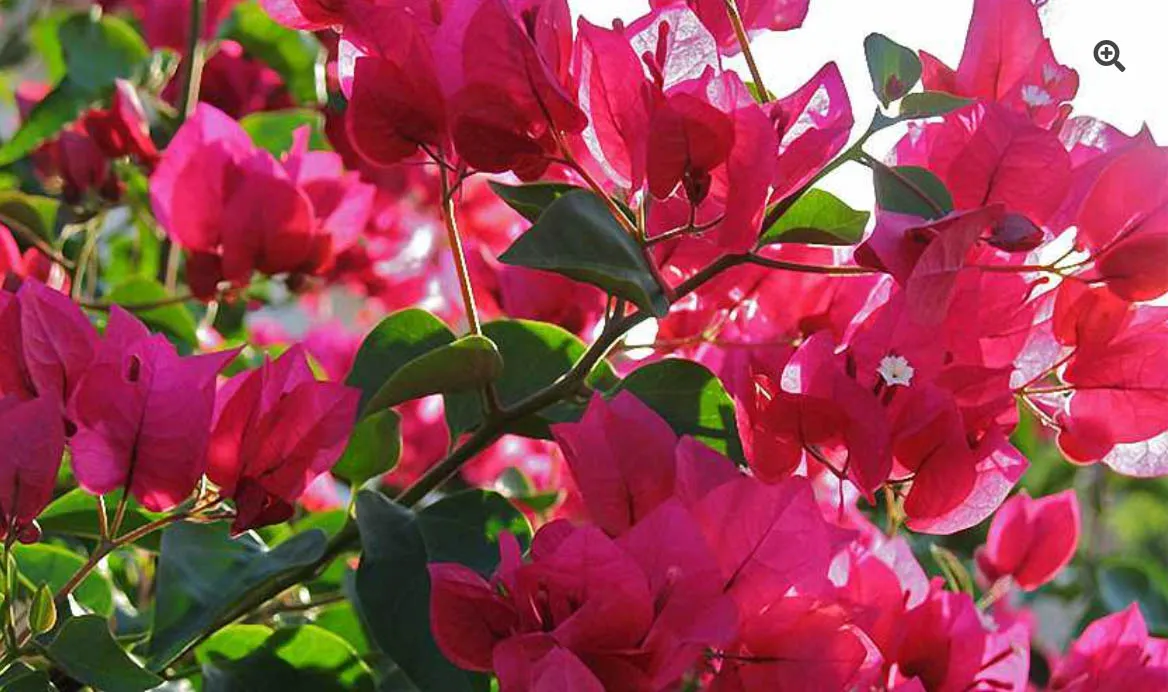
Bougainvillea is a familiar sight in the Mediterranean in the summer months. Its showy bright flowers (which are actually papery bracts) come mostly in magenta and purple, although other colours such as apricot, white and red are also available. Bougainvillea will grow happily in a conservatory, where it will provide colour throughout summer – although you will need to sweep up the faded bracts as they fade and fall. Depending on how warm it is in winter, a bougainvillea may drop its leaves – try not to let temperatures go below 10°C.
Bird of paradise (Strelitzia)
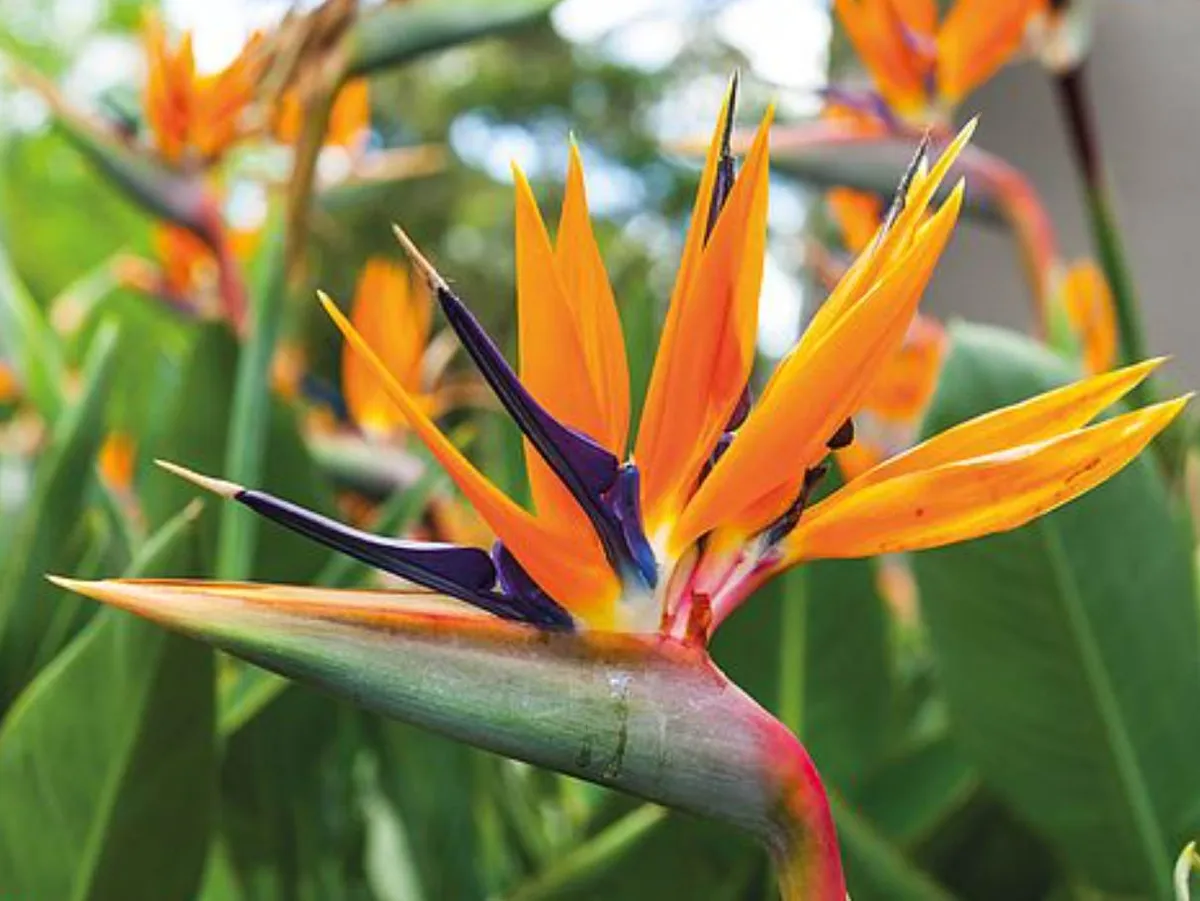
The bird of paradise plant (Strelitzia reginae) has large and striking blue-green, paddle-like leaves that are perfect for bringing a lush feel to a warm conservatory. When they reach around four years old, and if the conditions are right, they will produce a flower that looks like the plumage on the head of an exotic bird. It enjoys humidity, so stand on a tray of pebbles or gravel topped up with water. Do not let the temperatures go below 10°C in winter.
Plumbago
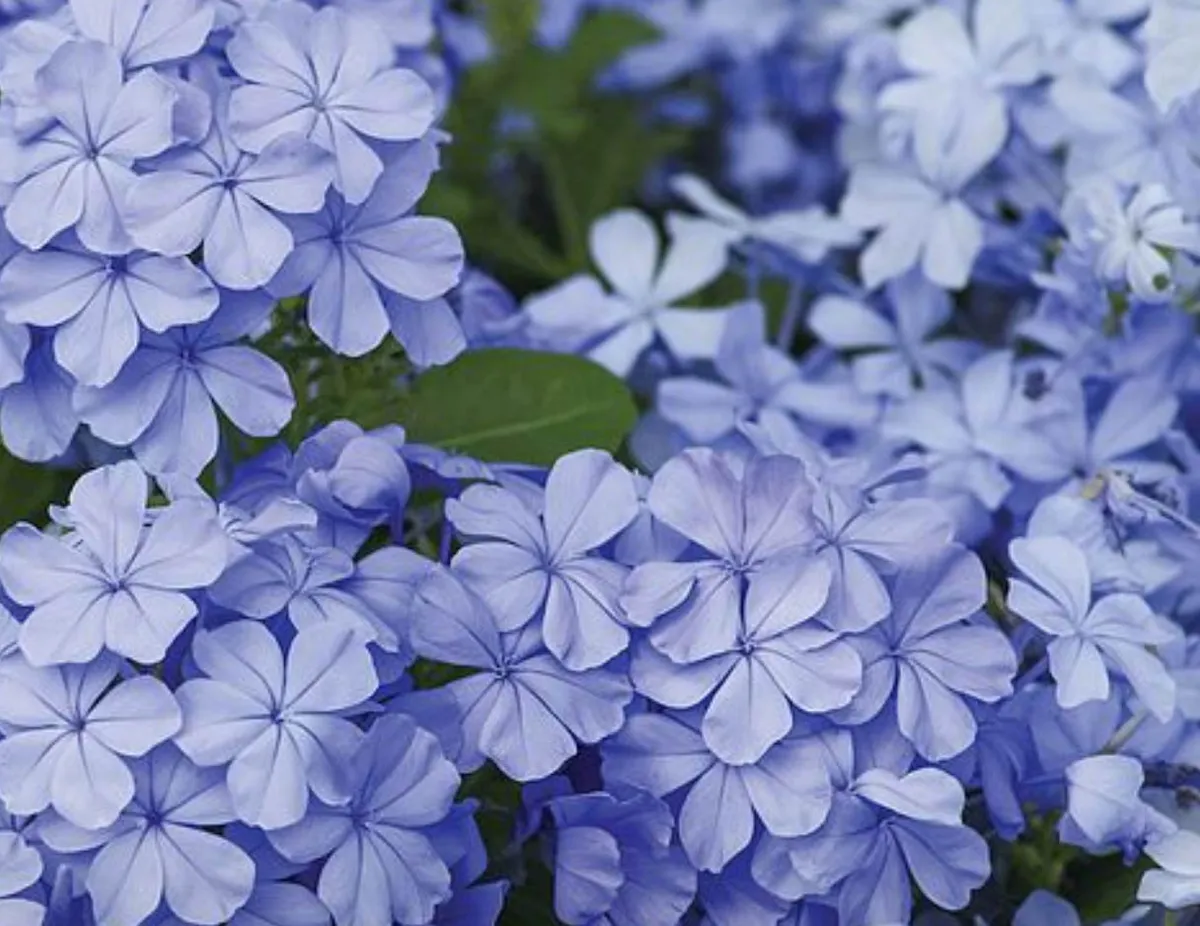
This scrambling shrub has long stems that can be trained upwards on a trellis to create a beautiful display against a conservatory wall. It produces sky blue flowers from early summer to autumn, against glossy green foliage. It needs a minimum temperature of 5°C in winter.
Succulents
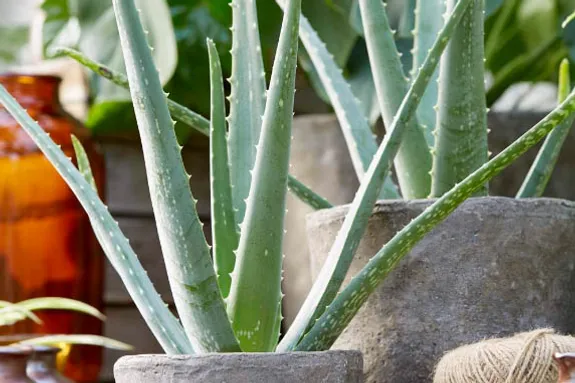
Succulents hail from deserts, where they are exposed to high heat during the day and cold at night. This makes them perfect plants for an unheated conservatory, as they can cope with extremes of temperature. There are a wide range of succulents to choose from, including Aloe vera, pictured, which has spiky leaves and contains healing sap. Or go for echeveria, aeoniums, haworthia or string of pearls. Water when the compost has dried out in spring and summer, but reduce watering in autumn and winter – succulents are hard to kill, but wet, soggy soil in winter will finish them off.
Cacti
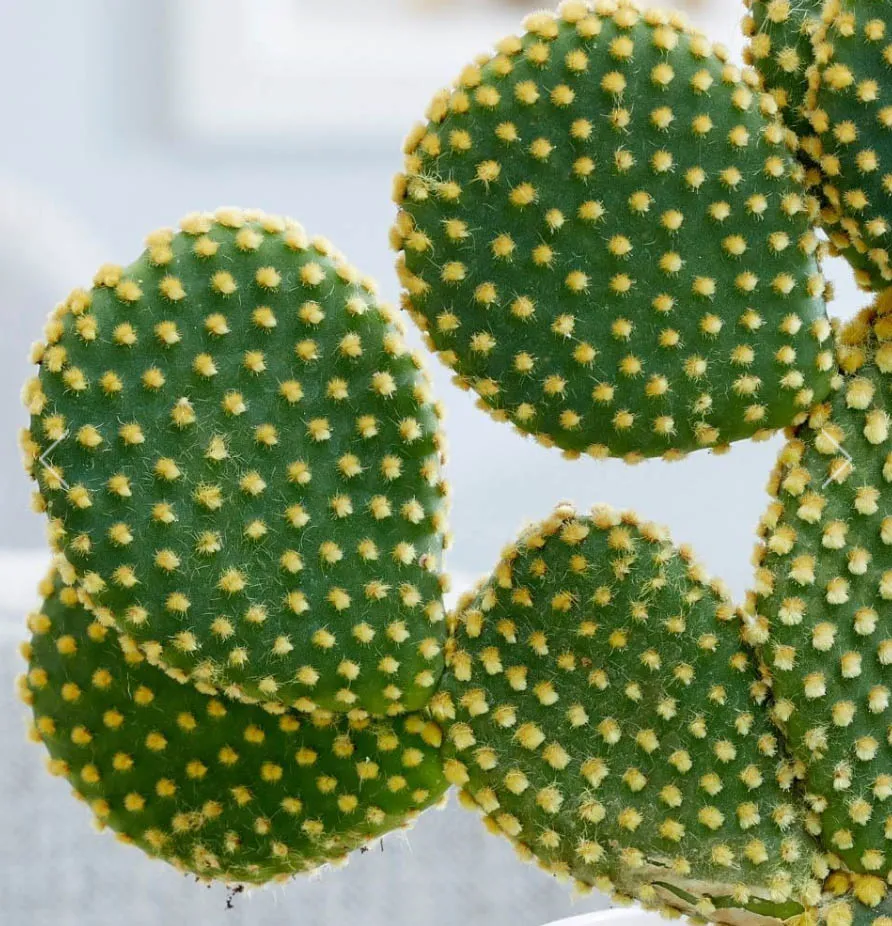
Like succulents, cacti come from desert regions so can cope with little water and extremes of temperature. They will survive the winter in a cool conservatory, as long as their compost is kept on the dry side. There are a myriad of cacti to choose from, in all shapes and sizes, so there is a choice for every space. Beware the sharp spines – or in the case of Opuntia microdasys (pictured) the tiny hairs that can lodge in skin.
Mandevilla
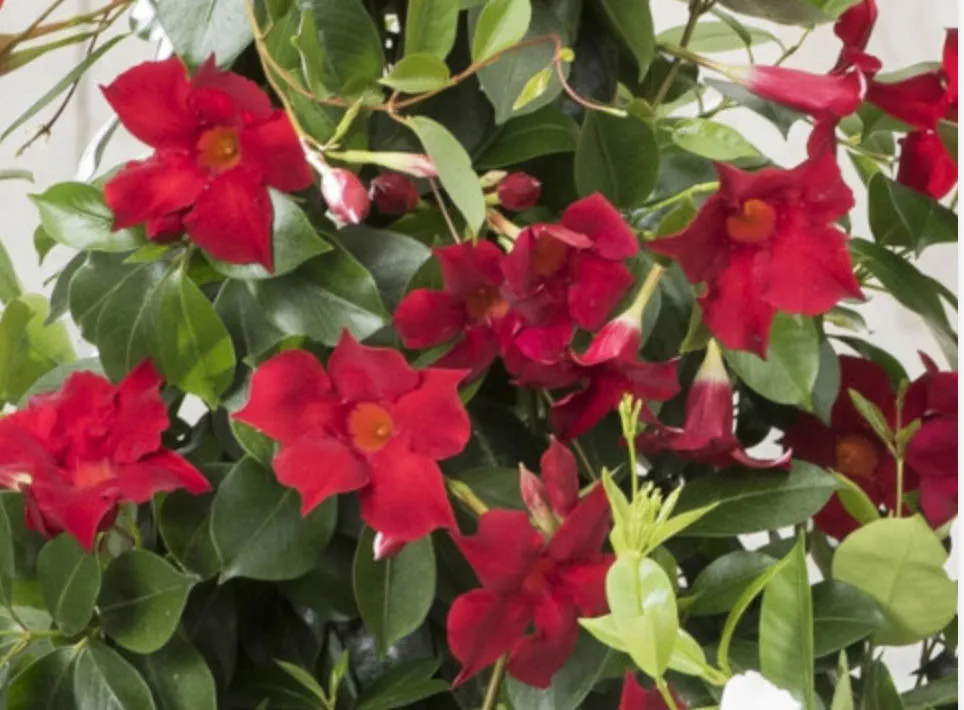
Mandevilla, also known as a dipladenia, is a tropical plant that will provide a splash of colour in a warm conservatory. It is a climber, with trumpet-like flowers that come in shades of red, pink or white. Shade it from scorching sun. It is likely to lose its leaves if temperatures go below around 15°C in winter, so is best for heated conservatory.
Passion flower
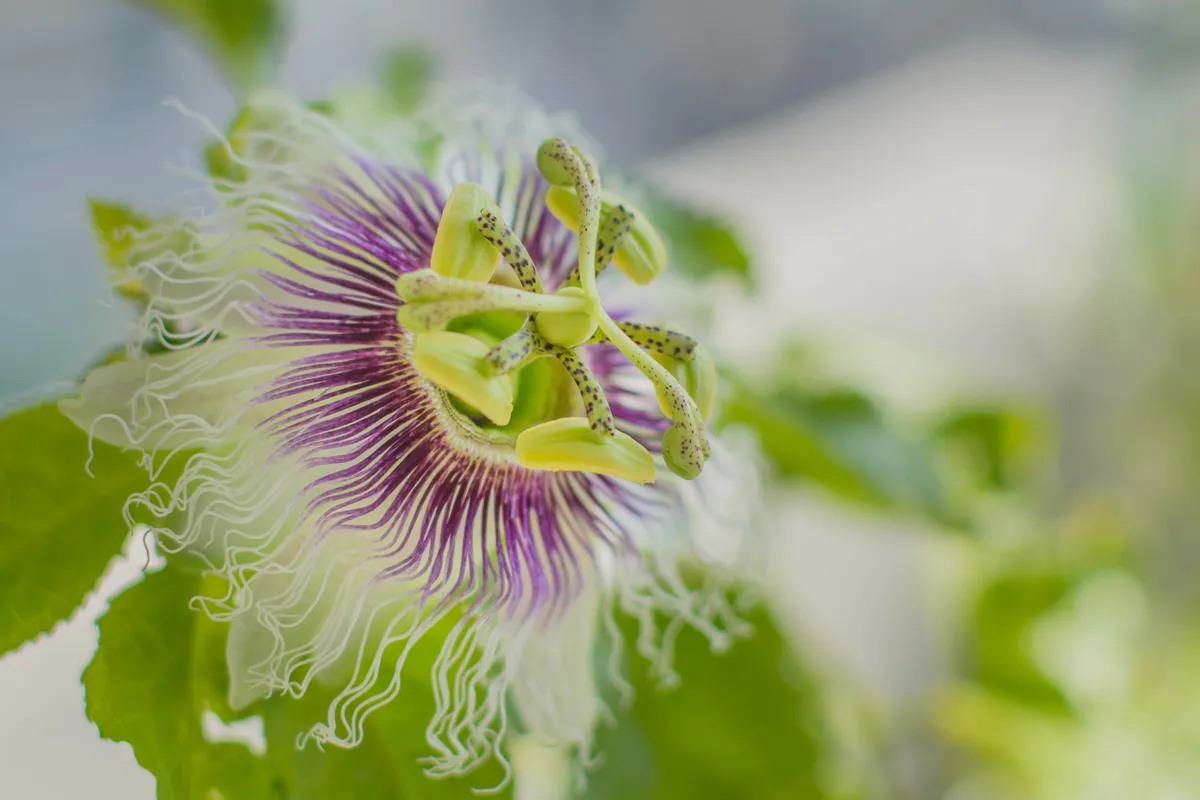
Many passion flowers are not fully hardy, and need some protection in winter, so are best grown in the a conservatory. There are many types to choose from, with flowers in shades of white, pink, purple or red. Passiflora edulis has highly unusual flowers and produces edible fruits - the same as those found in the supermarket.
Read our expert guide to growing passion flowers.
Hoya
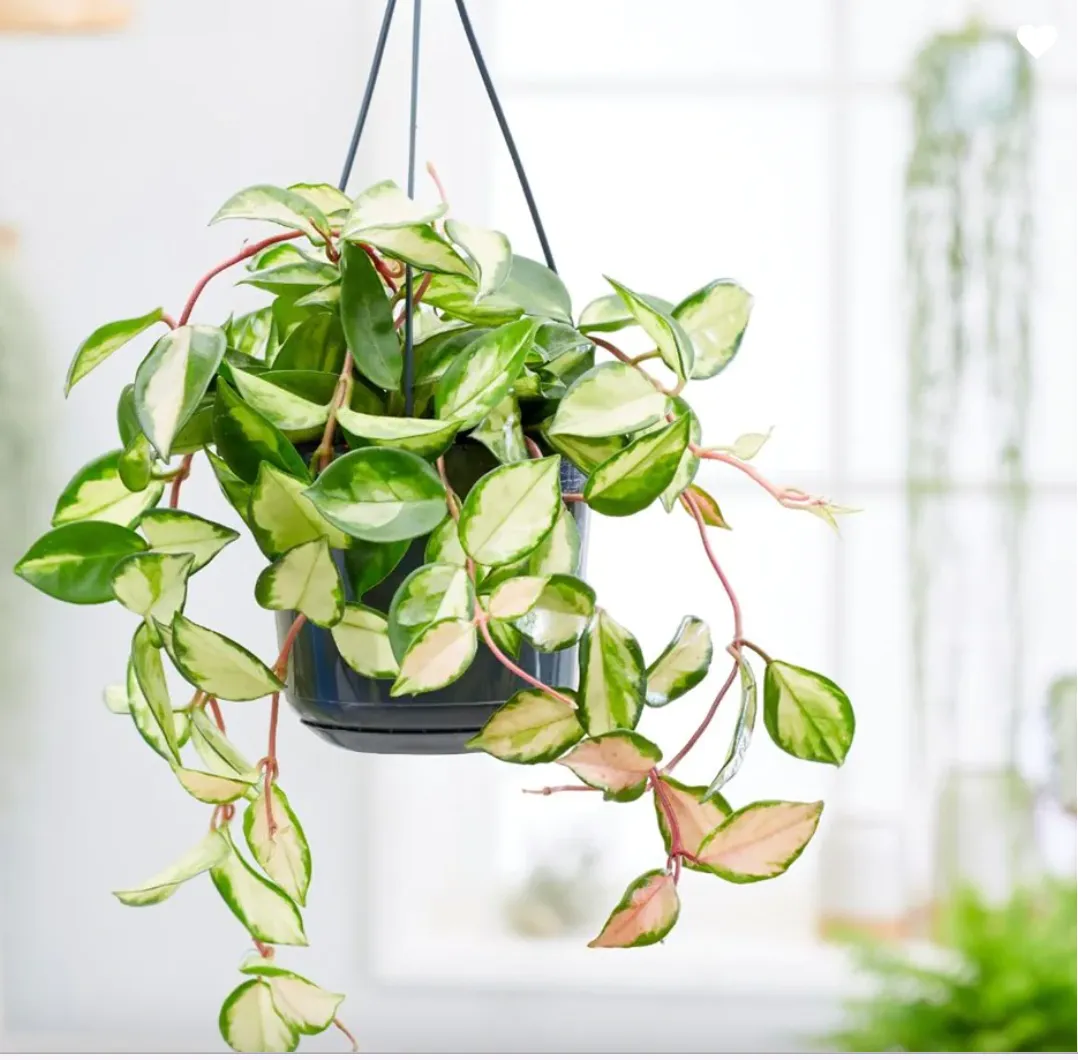
Hoyas are attractive trailing house plants that are very forgiving in terms of care and their environment – they are tolerant of not being watered very much (thanks to their fleshy leaves) and can also cope with low temperatures in winter. Hoya carnosa 'Tricolor' is an attractive plant that will climb up a support, or trail from a pot. As it matures it produces scented white flowers.
Yucca
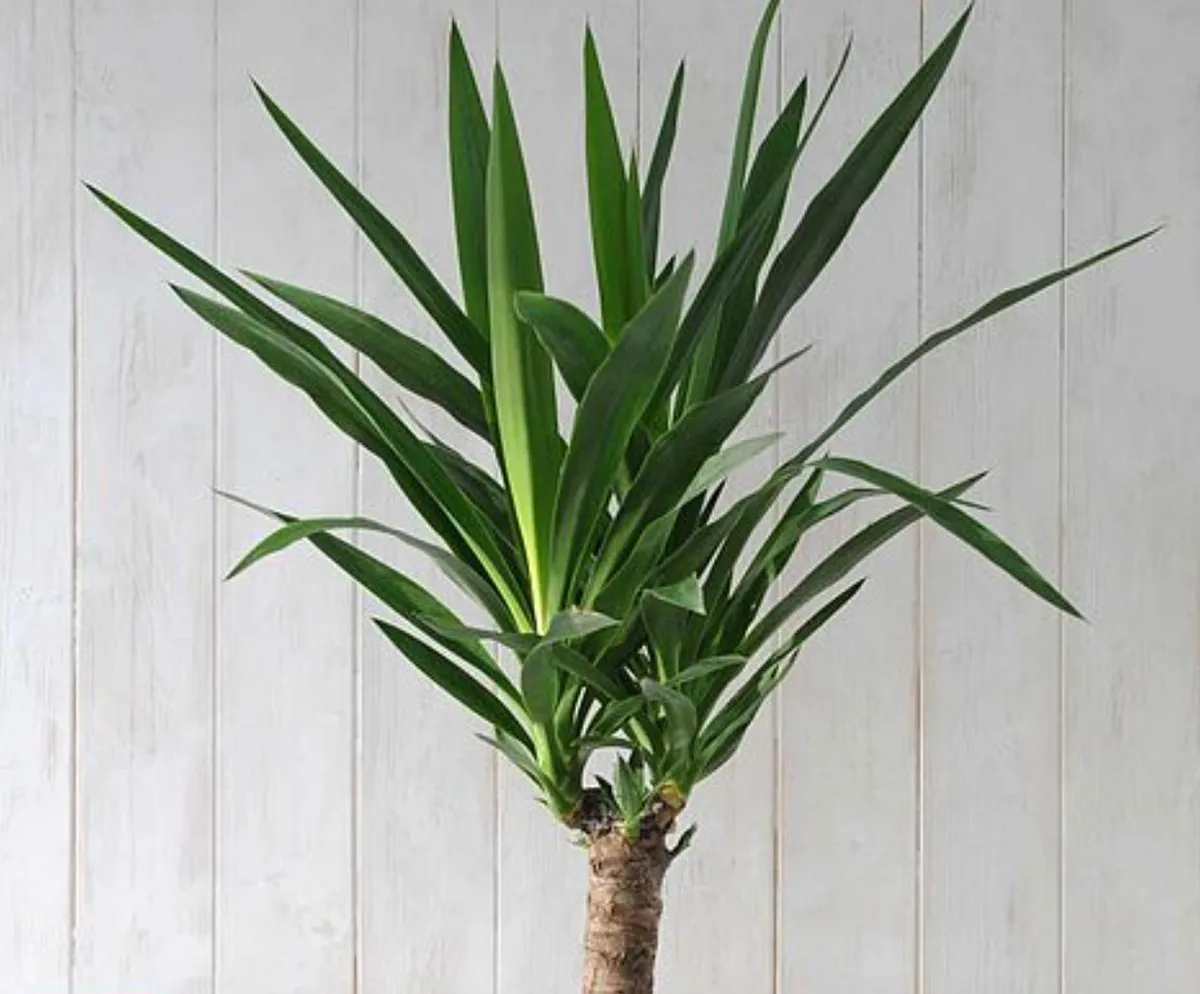
Yuccas are useful for their architectural appearance. They're very tough, tolerarant of neglect and able to cope with extremes of heat and cold, so good for unheated conservatory. Water when the top few centimetres of compost are dry in summer and only very sparingly in winter. Avoid placing the sharp leaves at eye level, as their pointed ends are sharp.
Sago palm
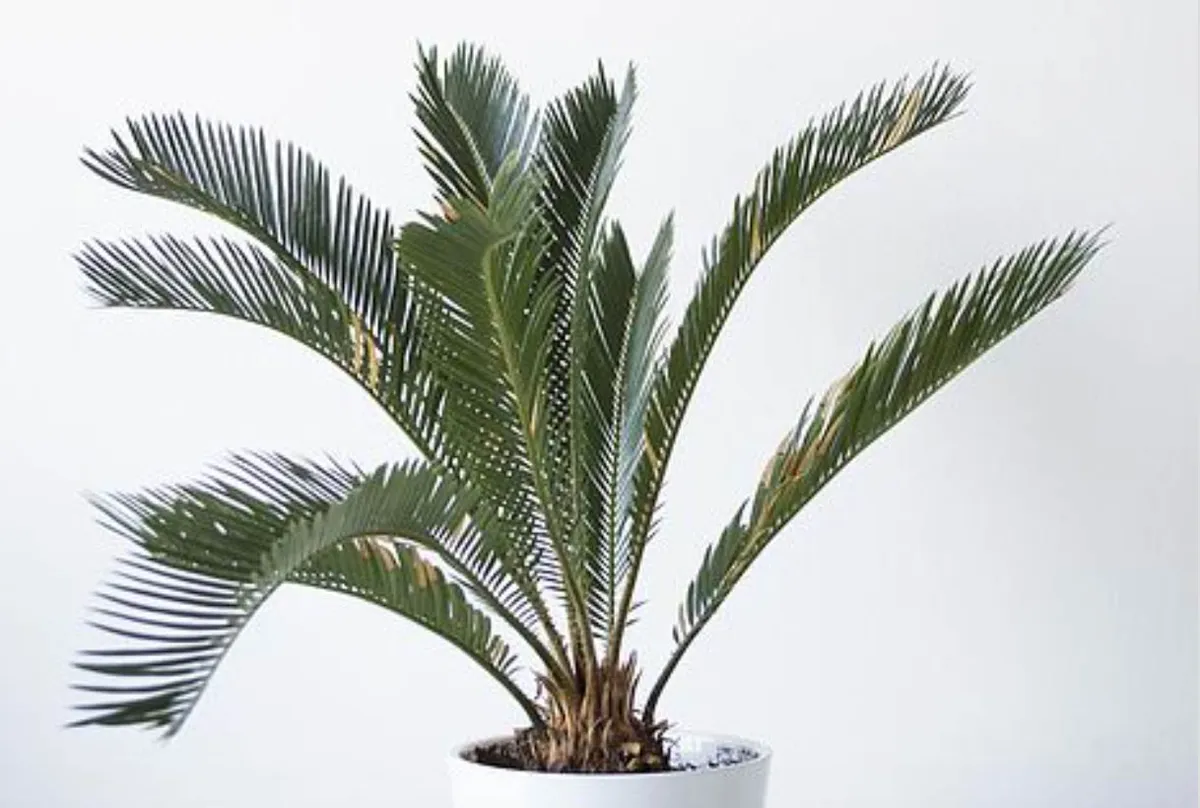
Palms are perfect for giving a lush and leafy feel. Most like warmer temperatures in winter, so are best suited to a heated conservatory. The sago palm, however can cope with cooler winter temperatures. It can also cope with some neglect. It eventually reaches a height of 2m and has graceful arching foliage.